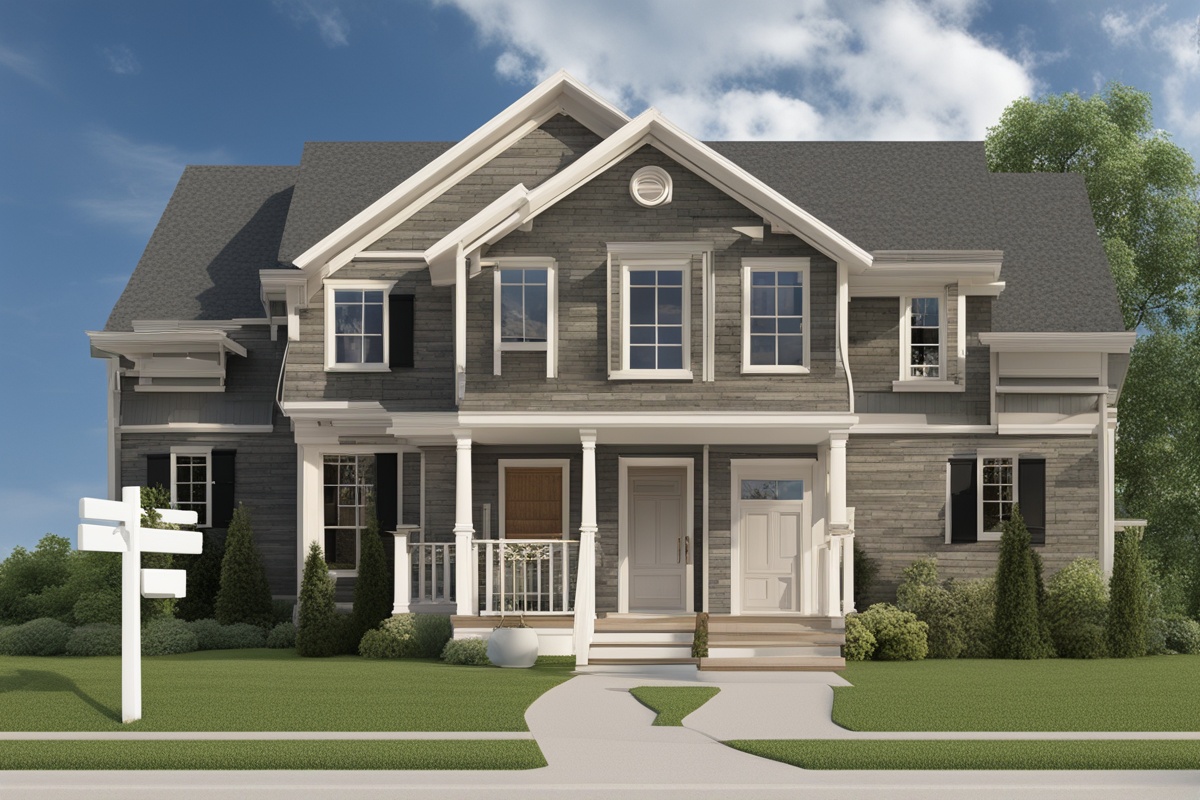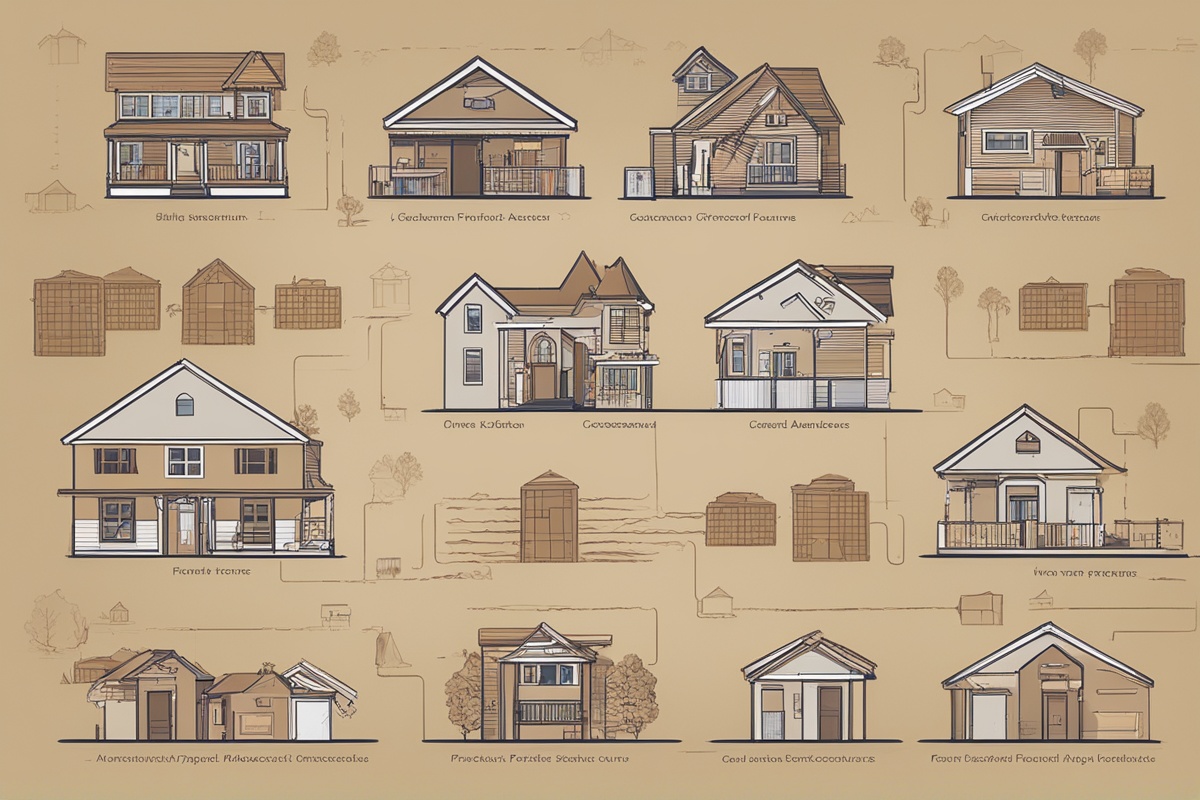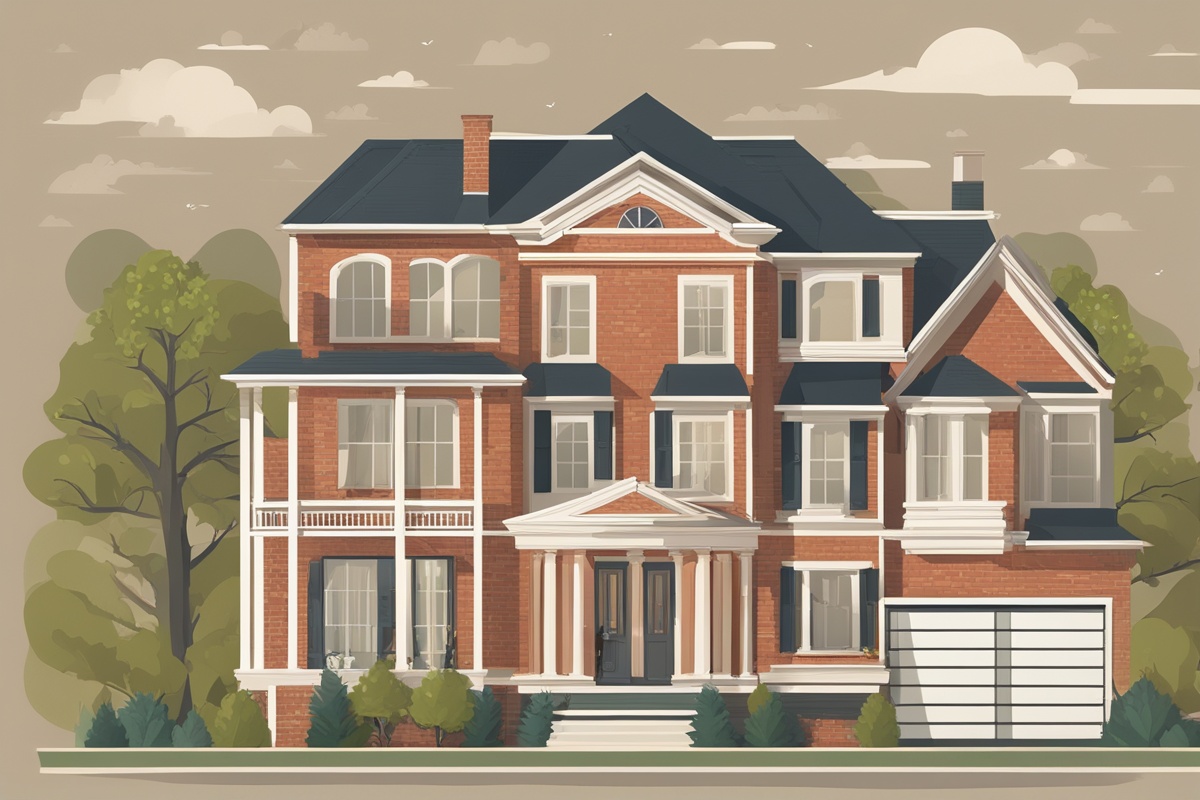Foreclosure is a legal process that occurs when a homeowner fails to make mortgage payments, leading to the lender repossessing the property. While the general concept of foreclosure is widely understood, the specific steps and procedures can vary significantly depending on the state, type of mortgage, and legal framework in place. This article delves into the common variations in foreclosure processes, exploring the different types, timelines, and legal nuances that homeowners and investors should be aware of when navigating this challenging situation.
1. Judicial vs. Non-Judicial Foreclosure Processes
One of the most significant variations in foreclosure processes is whether the foreclosure is judicial or non-judicial. In a judicial foreclosure, the lender must file a lawsuit in court to obtain permission to foreclose on the property. This process is common in states like Florida and New York, where the court oversees the entire procedure, ensuring that the homeowner has an opportunity to respond or contest the foreclosure. Judicial foreclosures tend to take longer—often several months to a year—due to court backlogs and legal requirements.
In contrast, a non-judicial foreclosure does not involve the court system. Instead, it follows a process outlined in the mortgage or deed of trust, often referred to as a “power of sale” clause. This method is faster and more common in states like California and Texas. However, the lack of judicial oversight means homeowners may have fewer opportunities to challenge the foreclosure. Understanding whether your state follows a judicial or non-judicial process is critical when dealing with the common variations in foreclosure processes.
2. State-Specific Foreclosure Timelines and Laws
Another key variation in foreclosure processes lies in the timelines and laws that govern them, which differ widely from state to state. For example, in states with judicial foreclosure processes, the timeline can stretch over a year, as courts must review documentation and allow homeowners time to respond. In non-judicial states, the process can be completed in as little as 90 days. Some states, like Nevada, have specific laws requiring mediation between the lender and homeowner before foreclosure proceedings can begin.
Additionally, certain states offer a “right of redemption,” allowing homeowners to reclaim their property even after foreclosure by paying the full amount owed, plus fees. The redemption period varies—some states offer a few days, while others provide up to a year. These state-specific rules highlight the importance of researching local laws to fully understand the common variations in foreclosure processes in your area. For more information on state-specific rules, check out our detailed guide on Foreclosure Laws by State.
3. Variations Based on Mortgage Type
The type of mortgage a homeowner has can also influence the foreclosure process. For instance, loans backed by the Federal Housing Administration (FHA) or the Department of Veterans Affairs (VA) often have stricter guidelines for lenders, including mandatory loss mitigation efforts before foreclosure can proceed. These federal programs may require lenders to offer alternatives like loan modifications or forbearance plans, which can delay or prevent foreclosure altogether.
On the other hand, conventional loans or those held by private lenders may not have such stringent requirements, potentially leading to a quicker foreclosure process. Homeowners with adjustable-rate mortgages (ARMs) might also face unique challenges if rising interest rates make payments unaffordable, accelerating the risk of default. Recognizing how mortgage type affects foreclosure is a key aspect of understanding the common variations in foreclosure processes. Learn more about mortgage types in our article on Understanding Different Mortgage Options.
4. Deficiency Judgments and Their Impact
A lesser-known variation in foreclosure processes is whether a lender can pursue a deficiency judgment after the property is sold. A deficiency judgment occurs when the foreclosure sale price is less than the outstanding mortgage balance, and the lender seeks to recover the remaining amount from the homeowner. Some states, known as “recourse states,” allow deficiency judgments, meaning homeowners could still owe money even after losing their home.
In contrast, “non-recourse states” like California limit or prohibit deficiency judgments, especially for purchase-money mortgages. This variation can significantly impact a homeowner’s financial future, making it essential to understand local laws regarding deficiency judgments as part of the common variations in foreclosure processes. For a deeper dive into financial implications, read our post on Post-Foreclosure Financial Recovery.
5. Foreclosure Alternatives and Lender Policies
Not all foreclosures follow the same path, as lenders may have different policies or offer alternatives that can alter the process. Some lenders prioritize working with homeowners to avoid foreclosure through options like short sales, where the property is sold for less than the mortgage balance with the lender’s approval, or deeds in lieu of foreclosure, where the homeowner voluntarily transfers ownership to the lender to avoid formal foreclosure proceedings.
These alternatives can vary based on the lender’s willingness to negotiate and the homeowner’s financial situation. Federal and state programs, such as the Home Affordable Modification Program (HAMP), may also influence the process by providing incentives for lenders to modify loans. Exploring these options is crucial when navigating the common variations in foreclosure processes. Check out our guide on Foreclosure Alternatives for Homeowners for actionable advice.
6. Impact of Bankruptcy on Foreclosure Processes
Filing for bankruptcy can introduce another layer of variation in the foreclosure process. When a homeowner files for Chapter 7 or Chapter 13 bankruptcy, an automatic stay is typically issued, temporarily halting foreclosure proceedings. This gives the homeowner time to reorganize their finances or negotiate with the lender. However, the outcome depends on the type of bankruptcy and whether the homeowner can catch up on missed payments.
In Chapter 7, the property may still be foreclosed if the debt is not reaffirmed, while Chapter 13 allows for a repayment plan to save the home. The intersection of bankruptcy and foreclosure laws creates unique challenges and opportunities, underscoring the common variations in foreclosure processes that homeowners must navigate. For more on this topic, see our article on How Bankruptcy Affects Foreclosure.
Disclaimer: The information provided in this article is for general informational purposes only and should not be considered legal or financial advice. Foreclosure laws and processes vary widely by state and individual circumstances. We strongly recommend consulting with a qualified attorney or financial advisor to address your specific situation before making any decisions related to foreclosure or property loss.
References
- U.S. Department of Housing and Urban Development (HUD) – Avoiding Foreclosure
- Consumer Financial Protection Bureau (CFPB) – What is a Foreclosure?
- Nolo – Foreclosure Laws by State
- Federal Reserve – Foreclosure Resources
- FHA.com – FHA Foreclosure Process
This content is for informational purposes only and not a substitute for professional advice.





